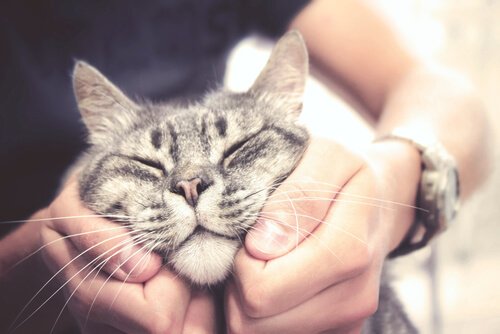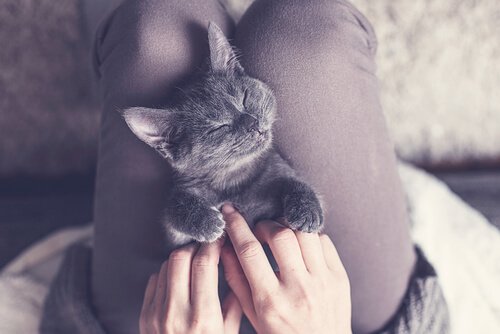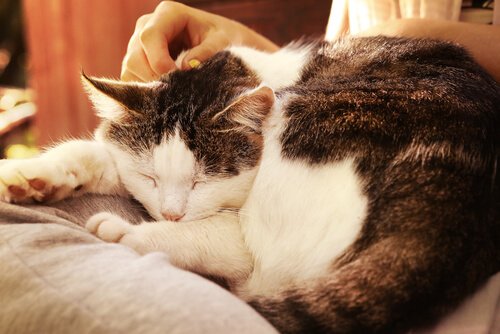How to be Affectionate with Your Cat

Although many cats may seem to love affection, it’s also true there are many different tricks and ways to be affectionate with them. If you are having problems doing so, then the secret is not to make your cat retaliate through scratching or biting. In this article you’ll learn the right way to be affectionate with your cat.
A lot of the time, people pet cats quickly and firmly, thus making the cat retaliate back at them. This reaction is due to having a bad relationship with the cat.
A Gentle Approach

The first thing you need to do is approach your cat gently. Just get close enough so they can smell you, check that you mean them no harm and aren’t going to mistreat them. If your pet then begins to smell you or rub themselves against your hand, this is a good sign. It’s very likely your cat will let you pet him.
After gaining his trust, pet your cat’s head with the tips of your fingers. Especially on the area behind their ears, then later on move down to the rest of his body. After moving your fingers around one of the most sensitive parts of a cat’s body, right behind the ears, you can then move on to the next step.
Run your palms from the neck to tail, but never the other way round. Although you can apply some pressure when petting him. Remember, you should be using soft and delicate movements.
Some Things to be Careful of
Avoid grabbing your cat’s tail, or trying to forcibly pet the side of his body. If your cat is enjoying your attention, they will respond by moving around to rub against you. In this case, you won’t be the one being affectionate.
On the other hand, if your cat points their ears backwards, this means that they won’t let you pet him. It’s best that you don’t touch him at all. If you notice your lying down next to you, it could be that he is asking you to pet him. At the same time, he could just be acting reluctant. In this case, you should stop. They might only be looking for some warmth.
One way that owners frequently show affection to their cats is by patting them. However, not all cats like this. If you don’t have a perfect relationship with them, it’s best not to do this.
Rubbing Their Belly
It’s certainly not the wisest decision to make. When cats are relaxed, they might roll on their back and expose their belly. However, that doesn’t always mean this an invitation to touch them, since many cats don’t like it at all.
The reason why they do this is because their feline instinct has them protect themselves against potential predators (which is different from dogs, who have getting their belly rubbed). The stomach is a vulnerable area where all their vital organs are located.
Purring
When you hear your cat purr, this means that he is trying to get your attention for you to pet him. Experts recommend to go ahead and following through with petting them. However, it’s important to seek “permission” before touching them and leave them in complete control.
The volume of cat’s purring is a demonstration of his happiness. A very light purr means that he is content, and a loud purr means he is really happy. At the same time, an excessively loud purr means he is extremely happy. Sometimes this can be a nuisance, so in this case, be cautious.
Be Careful of Touching Their Feet

You shouldn’t play with your cat’s feet until you know him well and know that he likes it. Begin by petting your cat to relax him. Then see if he will let you touch his feet. Start by touching your cat with just one finger at first.
Although many cats don’t like their feet to be played with, it’s possible to train them. Some activities can achieve a lot, like cutting their claws through a system of slow and gradual rewards. No matter what, when it comes to being affectionate with your cat, try to be patient.
